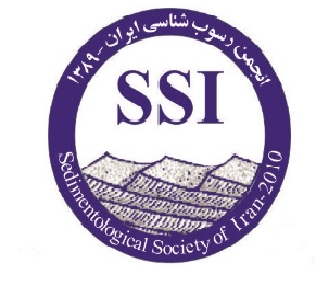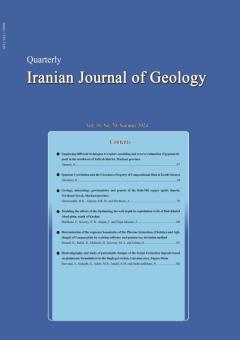Designing the optimal size of reserve estimation blocks based on different criteria (case study: Mouchesh Zarzima gold deposit)
Subject Areas :Reza Ahmadi 1 * , هانیه شاه زمانی 2
1 - Faculty member of Arak University of Technology
2 -
Keywords: Mouchesh Zarzima, Rock Quality Designation (RQD), Optimal block size, Block modeling, Estimation Error, Ordinary log-kriging,
Abstract :
Choosing optimal size of blocks has a significant impact on block model and as a result, accuracy of estimation results for grade and reserve of deposits. In this research, the optimal size of estimation blocks has been determined for block modeling and reserve evaluation of Kurdistan Mouchesh Zarzimai gold deposit. To achieve the goal, in addition to the usual criteria containing exploration grid size and estimation error, the rock quality designation (RQD) parameter was also used. With this approach, the optimal size of each main block was determined 5*5 m and 2 m in the horizontal and vertical directions, respectively, whereas for the sub-blocks, 2.5*2.5 m and 1 m was selected in those directions, respectively. Based on the variography of transformed gold assay data, the theoretical models of spherical, Gaussian, and exponential fitted on the experimental variograms, while the deposit has geometric anisotropy. To estimate the average grade and reserve of the deposit, squared inverse distance and log-kriging methods were used via Datamine software. Employing the squared inverse distance method with the log-kriging is for the possibility of evaluating the accuracy of estimation results through comparison. To control the grade in the various economic conditions, average grade, ore reserve and average estimation variance of the grade were calculated for the cut off grades of 250, 500, 1000 and 2000 mg/ton. The trend of tonnage-grade diagrams of the deposit confirm the correctness of the process. Also, the results of the log-kriging estimation method are more accurate and reliable than the squared inverse distance due to the unbiasedness and lower estimation variance.

